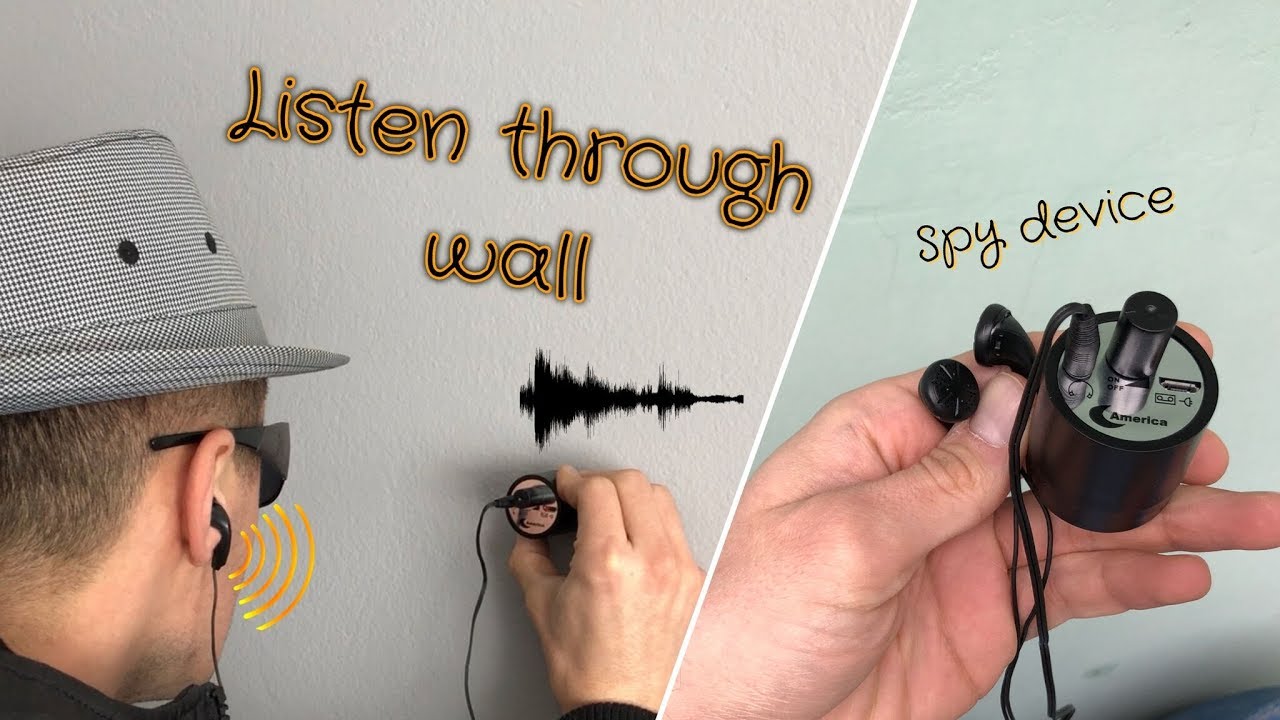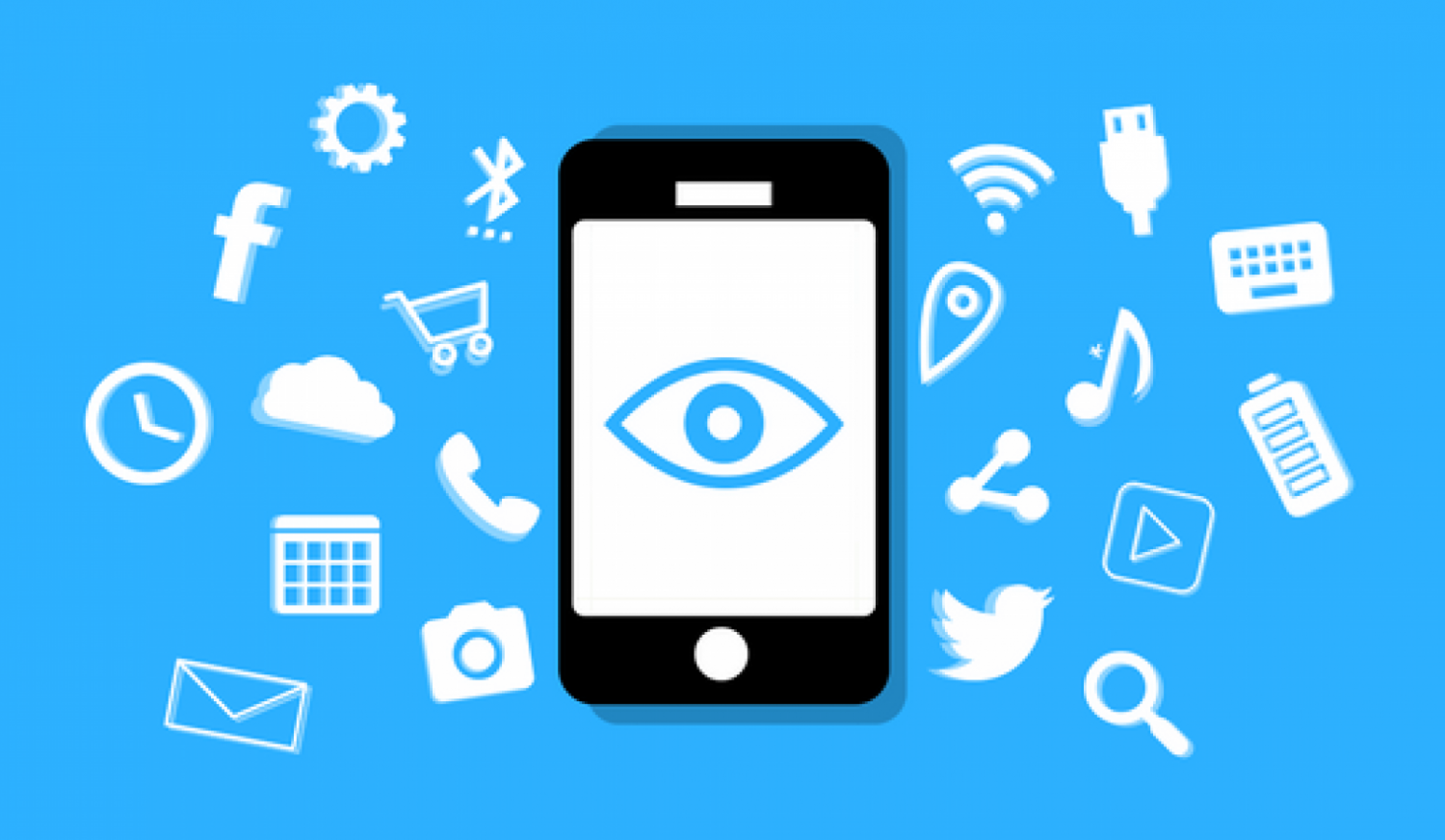Do you sometimes feel that there are listening devices hidden inside your house? How can you tell if someone is watching you or not? Private monitoring is a growing trend in today’s society. You might be thinking about how to detect listening devices at home. If you even have the tiniest bit of doubt, attempt to disprove it all by doing your research.
You can find listening devices or other kinds of tracking equipment at your house or place of business in several ways. You must have some intellect, and we are here to assist you in developing it.

Can you be a Spy’s Target?
Are you covertly being watched? There are several reasons why someone could be monitoring you:
- You do a significant, accountable, or confidential job.
- You have participated in private meetings or interviews.
- You hold a position in academia, politics, or journalism, as a witness, lawyer, judge, or member of the police force.
- Your spouse or partner thinks you’re having an affair.
- You are undergoing a divorce.
- You are requesting exclusive custody of your kids.
- You are thought to be a terrorist or activist.
- You have an account on certain websites.
- You submit a workers’ compensation or disability claim.
- Your neighbor dislikes you.
- Suspicion is held towards your acquaintance, neighbor, or kin.
- You have just filed a sizable insurance claim.
- You are affluent or you have something priceless.
- You are well-known.
- You are being stalked by someone.
- Someone wants to snap pictures of you or your family members and use them, maybe for monetary gain or retaliation.
- Someone thinks they can access or steal your personal information and demand money as ransom from you.

The websites we visit, search engines, social media, the government, and perhaps even our employers are continually monitoring our data and activity, but this post is especially aimed at those who believe they are specifically being picked out and targeted in a particular privacy threat.
How To Detect Listening Devices At Home
Anybody can purchase applications that listen in on you. To install, many need access to your device. Sometimes they are not on the operating system, but rather on the SIM card. But some could even be deployed over the air (OTA) remotely.
Eavesdropping equipment is accessible to anybody and is available in a variety of sizes and forms, much like cameras. Remote access to the microphones on your own devices can occasionally be used to check in on your conversations. Here are some tricks on how to detect listening devices at home.

1. Use Your Hearing and Vision
This is the most basic thing that anyone can do. Keep your eyes and ears open. Start by taking a closer look at your surroundings. When you first search your home for listening devices, look around to see if anything is new or out of the ordinary. Using your hands and a torch, carefully inspect every piece of furniture, paying special attention to the bottom and any edges that are not visible. Treat every decorative item, picture frame, and cushion in your house with the same degree of attention.

Go to the specifics once the obvious has been addressed. Check the walls, ceilings, baseboards, sills, and any other painted surfaces in your home for minor paint stains, faded colors, or patches. Test each door lock after that, making sure it operates and feels as it should. While searching your home for listening devices, there are a lot of things you will need to unscrew or remove, including:
- Wall plugs and electrical switch plates
- Smoke alarms
- Luminaires for the walls and ceiling
- Roof tiles
- Clocks and Lamps
Listening is the next step. Shut down all electrical equipment, from your fridge to your computer, once your house is quiet and there is little outside traffic noise. Listen, enter each room, and remain still. Start tracking any low buzz or beep you hear.
2. Locate the power source of the device
Batteries don’t last very long, and every device requires a source of power. Trace any observable cables and USB connections in your home since it’s highly probable that any undetectable listening devices are using a consistent and dependable power supply. Check your router next, looking for every connected device and labeling anything that seems strange.

Search the area for Wi-Fi connections or new hotspots with a strong signal because the eavesdropper could have linked the bug to a different source. Also, keep in mind that snoopers may install bugs in your current equipment that capture sounds using your microphone. Check your PC and phone as well for malware.
3. Apps to Detect Hidden Listening Devices
Hidden microphones can potentially be detected by your phone as well. Glint Finder for Android phones and Spy Hidden Camera Detector for iOS are two popular applications. This software is ready to use after you install it on your device. You must launch the app on your smartphone and walk around the room. When the app identifies the software of a concealed tracker in your room, it will turn your screen red. It will only light up when it detects radio frequency signaling devices.

4. Use an RF Detector
Listening devices are frequently concealed among household items such as an extension cable, mains charger, USB charger, smoke alarm, or even a table lamp. The best and quickest approach how to detect listening devices at home is with RF or radio frequency detectors. You will need to turn off any other radio-based devices for them to function. Find concealed gadgets by moving your RF detector. When directed towards a secret device, the sensor will beep to alert you to its presence.
When a device sends a signal, these RF gadgets detect the radio frequencies. Use your phone to make a call while it is close to the detector to gauge its efficacy. To validate an RF transmission, the gadget will make a sound when it detects any kind of interference. A similar kind of outcome can be expected when a listening device is identified.

End Note
It is a federal offense to listen in on others’ conversations, and this behavior might indicate that a house is about to be targeted for a home invasion. Placing home security systems might assist in keeping an eye on any such kind of activities. They can also aid in reducing burglaries and auto theft.
Even so, it is crucial to maintain vigilance and carry out thorough investigations if you have any reason to suspect spying. In this article, we covered four different ways based on how to detect listening devices at home. To ensure your and your family’s safety from any kind of snooping, you must try them out.
- 5 Tricks To Get Disney Plus Free Trial in 2024 - April 28, 2024
- ChatGPT Jailbreak Prompt: Unlock its Full Potential - April 27, 2024
- Netflix Free Trial 2024 – 100% Working Methods - April 27, 2024